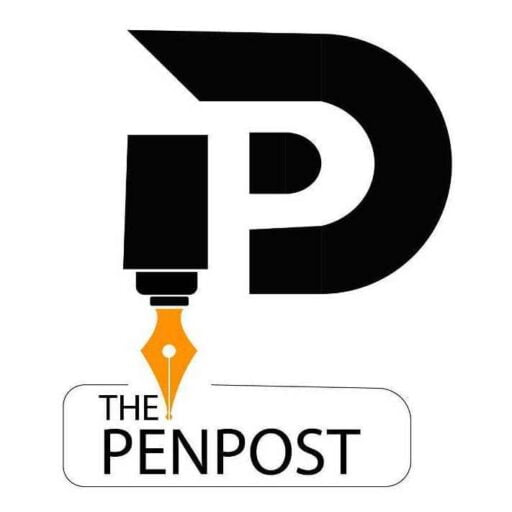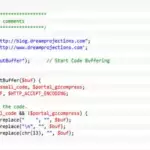AI Chatbot: Chatbots have revolutionized the way businesses interact with customers, and they’re here to stay. One of the most impressive developments in the world of chatbots is the AI-powered chatbot.
What is an AI-powered chatbot?
- An AI-powered chatbot is a computer program designed to simulate a conversation with human users, using artificial intelligence (AI) and natural language processing (NLP) to understand and respond to user requests.
History of AI Chatbot
- One of the first chatbots, ELIZA, was created in 1966 by Joseph Weizenbaum at MIT. ELIZA used pattern matching and simple natural language processing techniques to simulate conversation with human users.
- Over the years, chatbots evolved and became more sophisticated, with the introduction of machine learning and AI. In 2011, Apple introduced Siri, a voice-activated personal assistant that could perform tasks and answer questions based on natural language inputs. Google followed suit with Google Assistant, and Amazon introduced Alexa, which could be integrated with the company’s line of smart speakers and other devices.
How do AI Chatbot Work?
- AI-powered chatbots use a combination of natural language processing, machine learning, and other AI technologies to understand and respond to user requests.
- Supervised learning involves training the chatbot using labeled data, such as a set of questions and corresponding answers.
- Unsupervised learning involves allowing the chatbot to learn from unstructured data, such as customer reviews or social media posts. Reinforcement learning involves rewarding the chatbot for making correct responses and punishing it for incorrect responses.
Advantages of AI Chatbot:
AI-powered chatbots offer several advantages over traditional chatbots and other customer service channels, including:
- 24/7 availability: AI-powered chatbots can provide instant support and assistance to customers at any time of day or night, without the need for human intervention.
- Personalization: AI-powered chatbots can use data about the user, such as their previous interactions and purchase history, to provide personalized recommendations and assistance.
- Efficiency: AI-powered chatbots can handle multiple requests simultaneously, reducing wait times and improving customer satisfaction.
- Cost savings: AI-powered chatbots can reduce the need for human customer service representatives, saving businesses money on staffing and training costs.
Challenges of AI Chatbot
- Language barriers: AI-powered chatbots can struggle to understand and respond to users who speak different languages or use non-standard language.
- Data privacy concerns: AI-powered chatbots collect and store user data, raising concerns about data privacy and security.
Examples of AI Chatbot in Action
- Healthcare: Babylon Health, a UK-based healthcare provider, uses an AI-powered chatbot to provide 24/7 medical advice and assistance to patients. The chatbot uses natural language processing and machine learning algorithms to analyze patient symptoms and provide personalized medical advice.
- Retail: H&M, the Swedish fashion retailer, uses an AI-powered chatbot to provide fashion advice and styling tips to customers. The chatbot uses image recognition and natural language processing to analyze customer preferences and provide personalized recommendations.
- Finance: Capital One, the US-based financial services company, uses an AI-powered chatbot to assist customers with their banking needs.
- Hospitality: Marriott International, the US-based hotel chain, uses an AI-powered chatbot to provide customer service and assistance to guests.
To know more about Technology Information.





